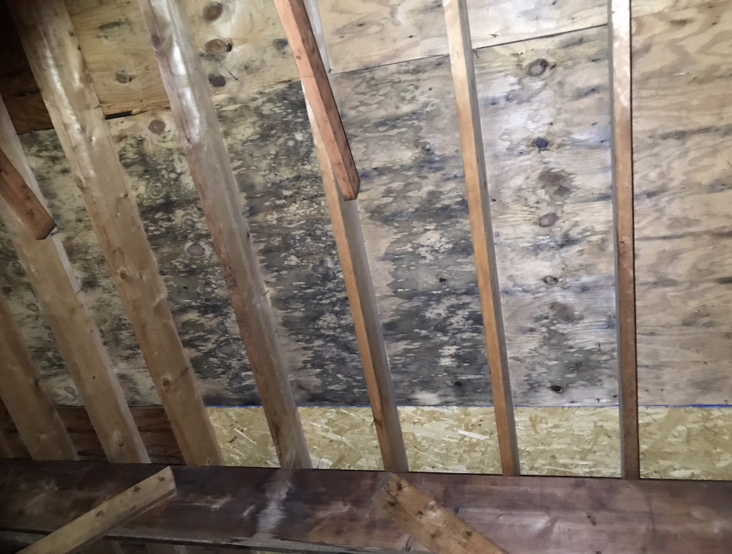
22 Aug
Over the last few years, we’ve been witnessing condensation leaks and damages during roof inspections while responding to calls from homeowners thinking that their roofs are leaking. Often, the roof looks perfectly fine and has years of life expectancy left. After many hours of water testing, and not a drop of water entering the house, the shingles are then removed to find the plywood bone dry. Everything looks normal until a shiny headed nail is pulled, and there is nothing left of the bottom of the nail except a thin rusted shard, which is a virtual roofing nightmare. The plywood is pulled, and the underside of the plywood is moldy and black. If the homeowner is lucky, the sheetrock is protected by the collapsed insulation and does not need replacement. The existing insulation, or lack thereof, is collapsed and there are no baffles or positive airflow from the eve of the house to the ridge of the house. This often leaves the homeowner angry and confused about the unexpected cost of this horrific repair.
Condensation in a roof space occurs when there is a rapid escape of hot air into a cold roof space, or with cold air into a hot roof space. A dew point is reached in both scenarios. It’s just like putting a glass of ice water on the kitchen table in the middle of the summer, and after just a few minutes the whole glass is wet with a puddle under it. The glass is not leaking (obviously) but the glass is sweating, and the condensation is dripping off the side of the glass onto the table. This is the exact same condition that happens in a roof space. If the cathedral ceiling or attic space is not properly insulated and or vented, a condensation build up is very likely. When a cold surface is on the inside of the living space, you will see the moisture build up on the ceiling and tops of walls. The roof is very hot, sometimes exceeding 120 degrees, and the ceiling and walls are around 68 degrees.
In these cases, all the plywood and insulation need to be removed. The correct fix is not only replacing the insulation and the plywood, because all that does is return to the same condition as before. The proper way to repair this scenario is to first add soffit venting, fascia venting or lower roof intake venting. All these options provide sufficient air intake and are readily available in the roofing supply market. As far as ridge venting options go, it is always better if able to use a forced air system such as a fan. With cathedral ceilings, this option is not always available. So, a traditional ridge venting system would work just fine, such as *GAF cobra ridge vent options.
Other issues that occur when condensation exists are soft and delaminating plywood while the shingle system remains intact. You start to see deep humps in your roof between the rafters. Pests and carpenter ants are drawn to moist environments. Buildup of mold can cause major respiratory issues, and condensation in your roof can stay hidden for years. It can be a slow drip, or flow like a faucet. It all depends on the condition of the environment.
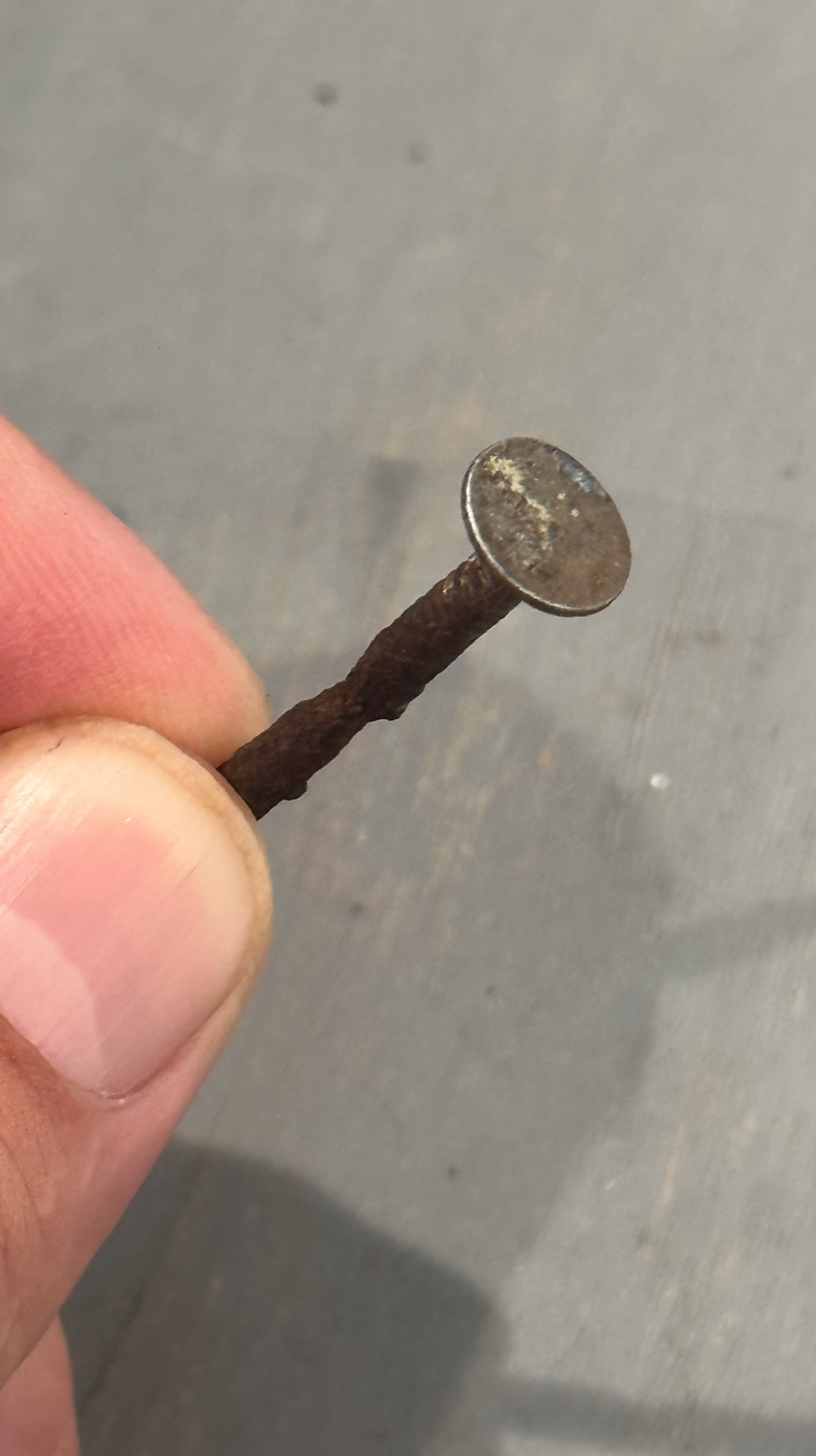
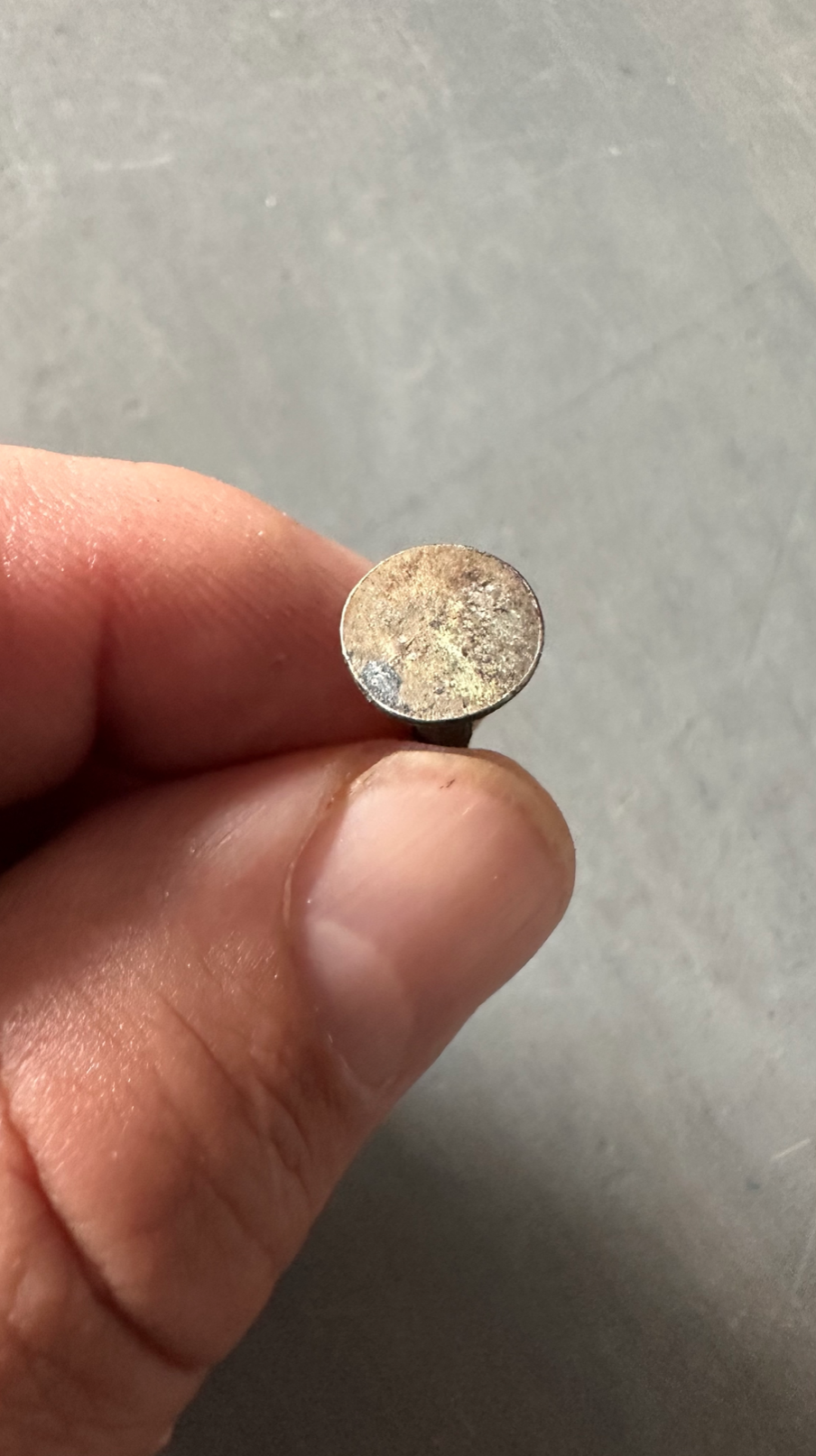
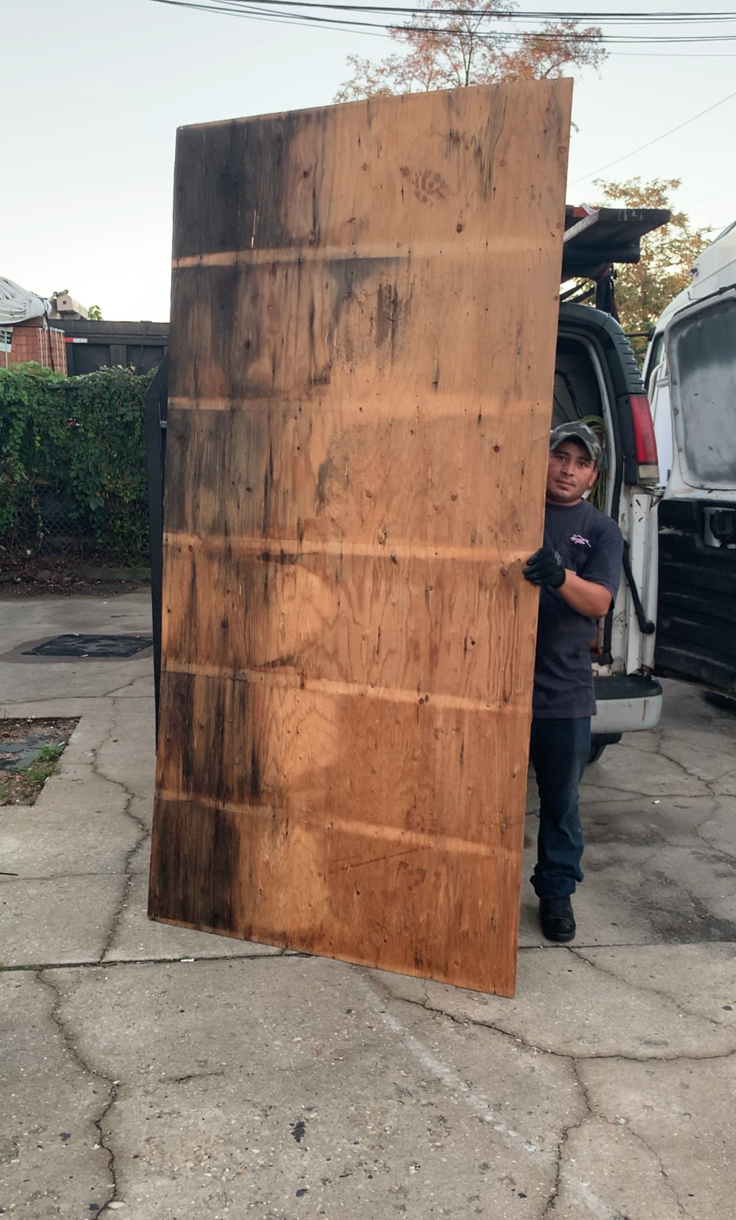
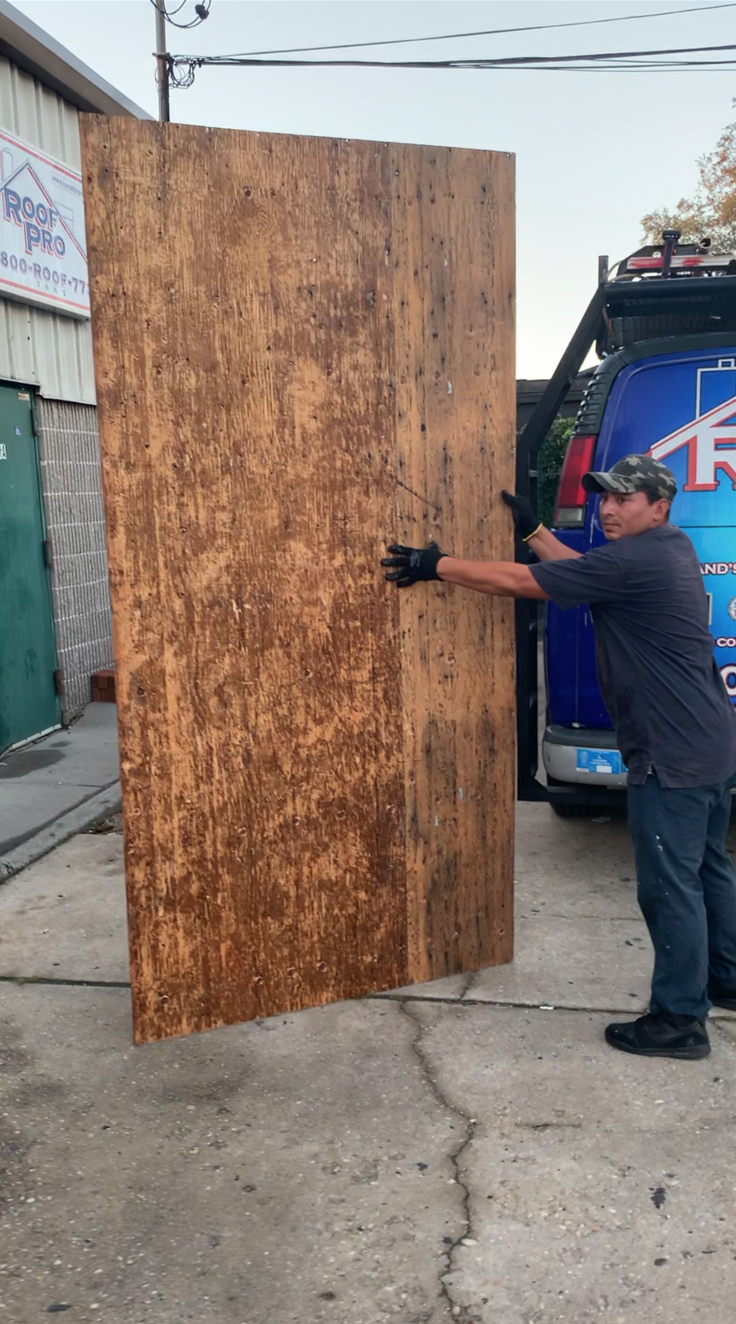


Sorry, the comment form is closed at this time.